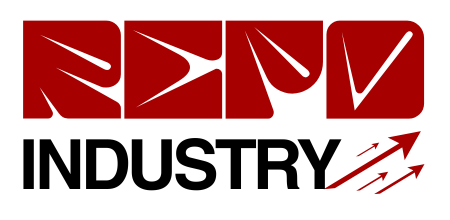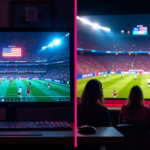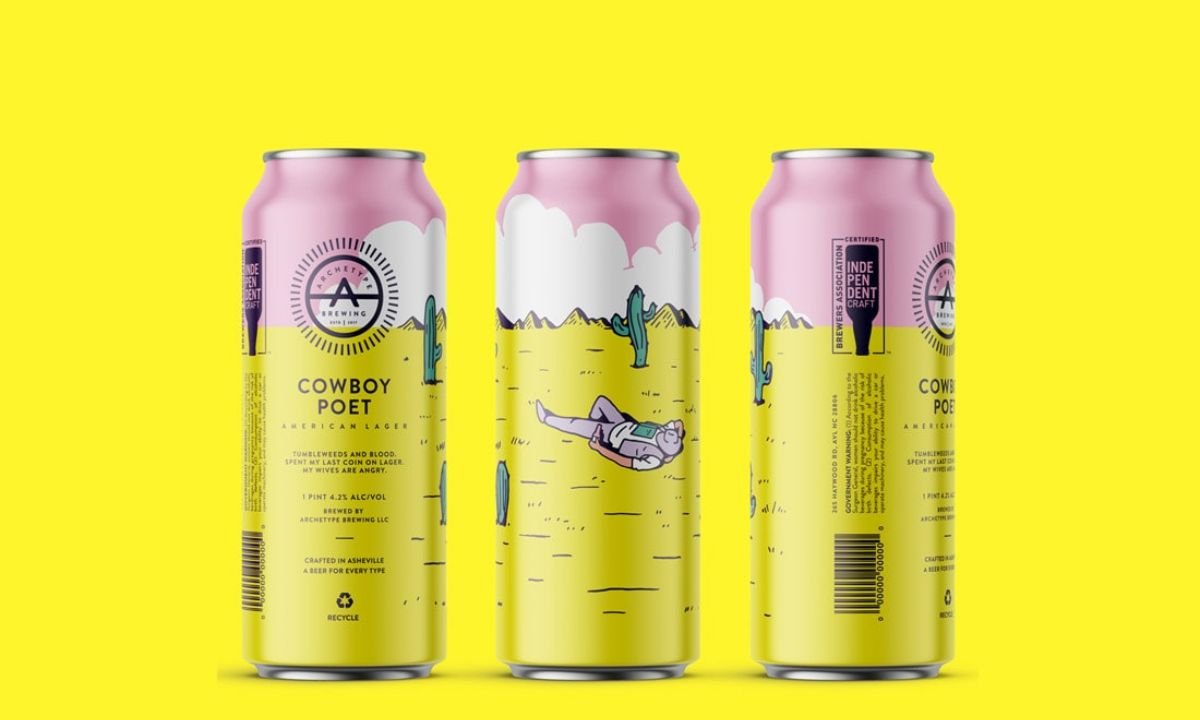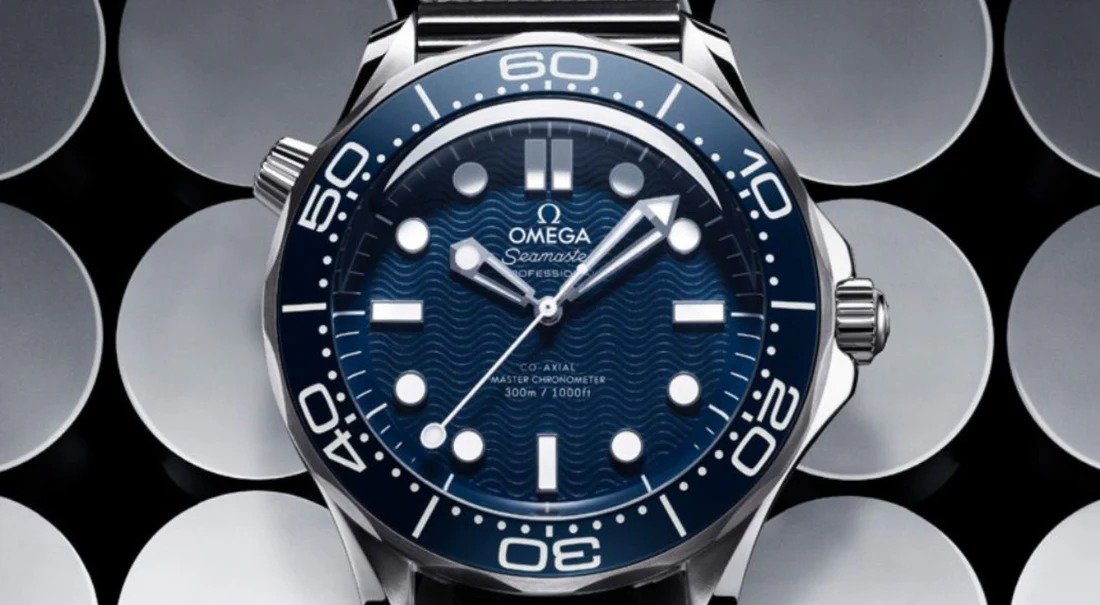Product labels are more than just a way to identify what’s inside the package—they are a key part of a brand’s identity and a powerful marketing tool. A well-crafted label grabs attention, communicates essential information, and leaves a lasting impression on customers. Striking the right balance between visual appeal and functionality is necessary to ensure the label stands out while meeting regulatory and practical requirements. From selecting the right colors and fonts to understanding consumer behavior, designing an effective product label involves a blend of creativity and strategy. It’s an opportunity to showcase your brand and connect with your audience.
Importance of Product Labels
Product labels are crucial elements in the marketing toolkit. Acting as the initial touchpoint between a brand and its potential customers, they capture attention, convey information, and instill brand loyalty. The design of a product label is not just a creative process but a strategic one that must align with the brand’s identity and consumer expectations. Companies like Columbine Label Company understand the importance of labels in creating a standout presence in the marketplace. Crafting visually appealing and informative labels, these companies help bridge the gap between a brand’s story and its audience.
Elements of a Successful Label Design
Creating a successful label design is akin to composing a piece of art, where every element, from layout to material, plays a pivotal role. The selection of materials significantly influences the product’s durability and perceived quality, while the layout must ensure a clear and compelling presentation of essential information. Imagery and icons in the label design should complement the brand message, not overshadow it. When harmoniously integrated, all these components result in a label that attracts, engages, and informs the consumer at a glance.
The Psychology Behind Color Choices
Color is a powerful language in the realm of product labeling. It speaks to the subconscious minds of consumers and influences their perceptions and feelings towards a product. Studies on color psychology indicate that colors can significantly sway consumer choices—yellow for optimism, green for sustainability, and black for luxury. Thus, selecting the appropriate colors for a label is crucial for conveying the correct message and attracting the target demographic. Brands that understand and apply color psychology effectively often find success in their marketing efforts.
Legal Considerations in Labeling
Legal compliance is a non-negotiable aspect of product labeling. Labels must conform to industry regulations and standards, including ingredient disclosures, nutritional content, usage instructions, and warning notices. Ignoring legal requirements can lead to penalties and damage to one’s reputation. Effective label design not only adheres to these legal standards but integrates this information in an unobtrusive way that maintains the label’s aesthetic appeal.
Sustainability in Label Design
The push for sustainability has reshaped consumer expectations and, by extension, the world of product label design. As consumers grow more environmentally conscious, the demand for eco-friendly labels that reflect corporate responsibility rises. Brands can stand out by using recyclable materials and inks and minimizing waste in their label production processes. Embracing sustainable packaging trends is ethical and a competitive advantage, aligning products with the values of modern consumers.











